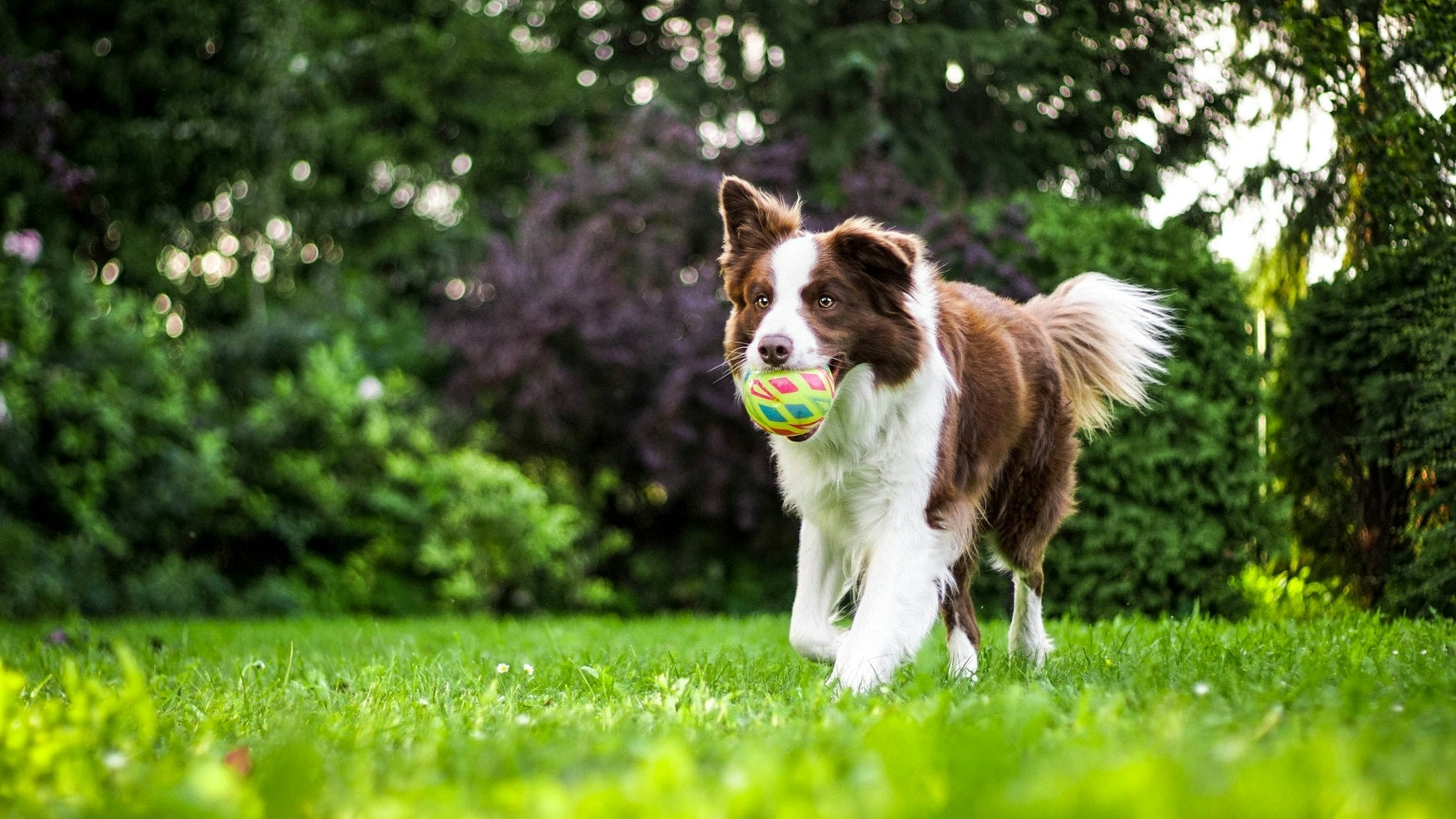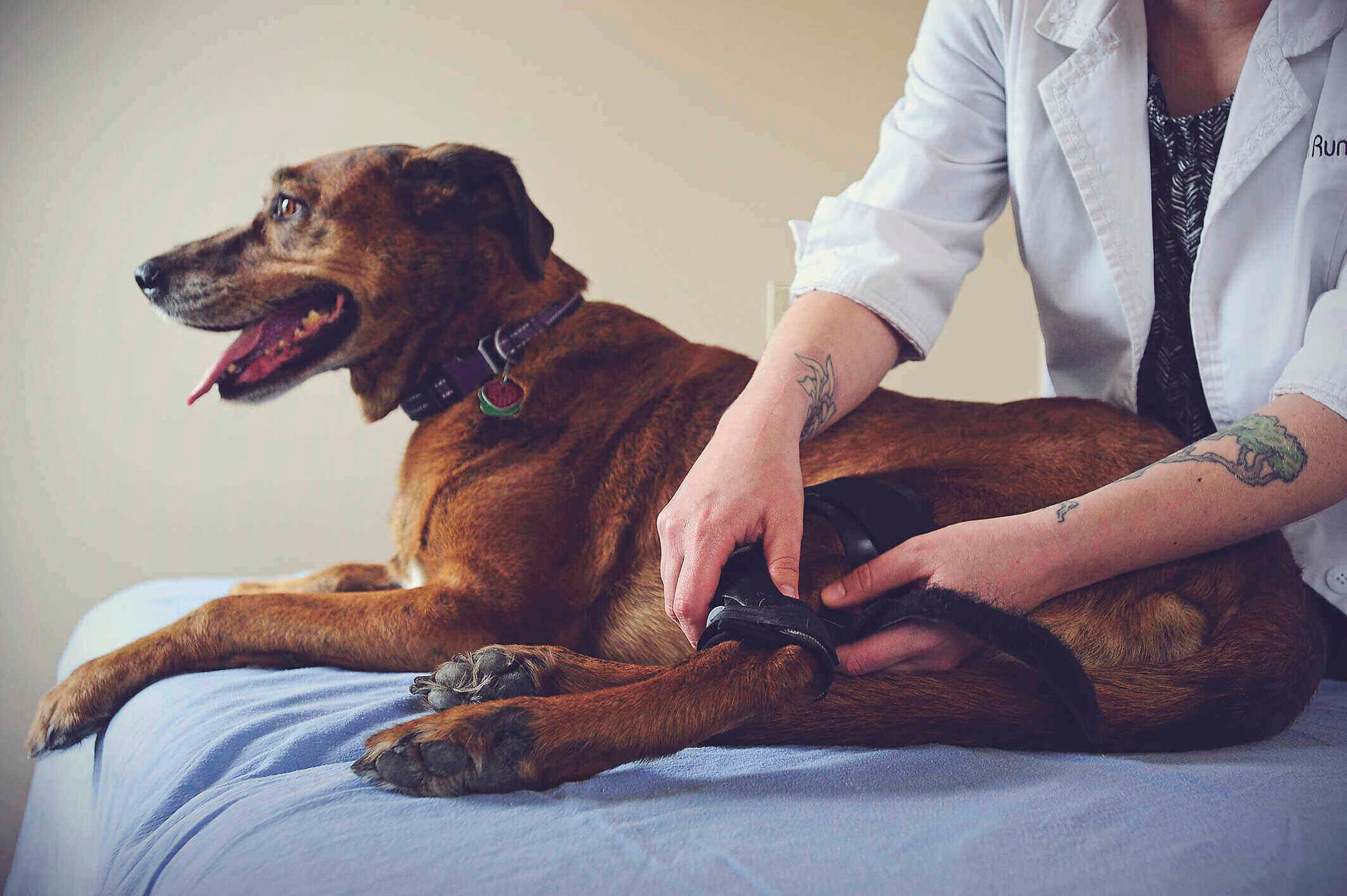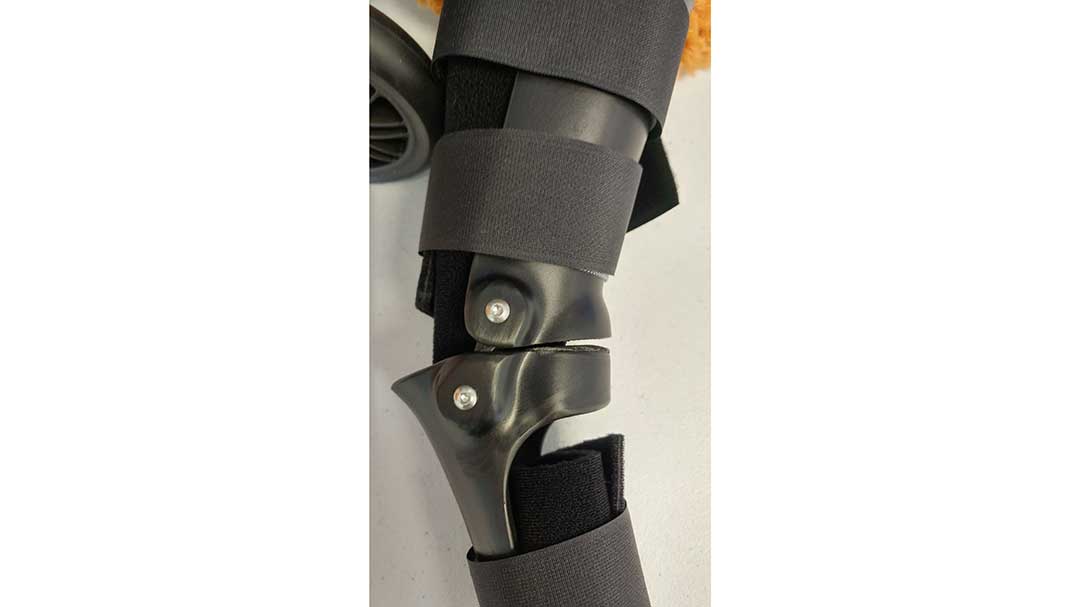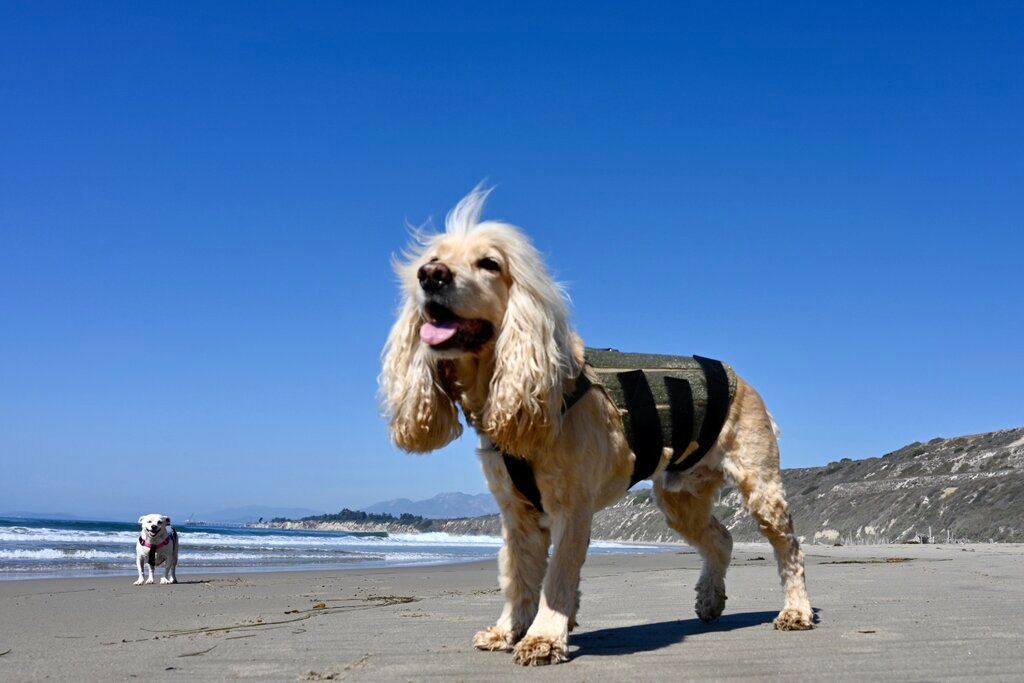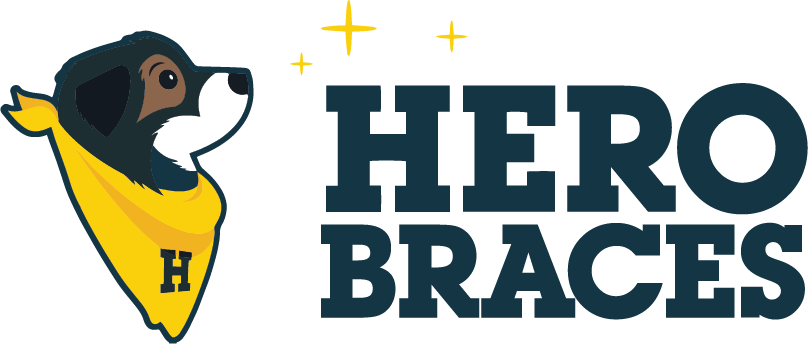Canine intervertebral disc disease or IVDD is a condition where the disc material between two vertebral levels deteriorates and extrudes into the vertebral canal, compressing the spinal cord. The result is a varying degree of neurological deficit, affecting the dog’s ability to walk, perceive sensation, or have bladder and bowel control.
The current recommendation for dogs with IVDD is to undergo surgical intervention as soon as possible following the occurrence of symptoms. However, for many owners and their dogs, surgical intervention is just not an option. If this is the case, what can be done for these dogs?
Understanding intervertebral disc disease
Intervertebral discs sit between the vertebrae throughout the length of the spine. While we like to think of intervertebral discs as separate from one another, in reality they are very connected – we should consider them as part of one structure. The disc is made up of an outer ring, the annulus fibrosus, and an inner portion, known as the nucleus pulposus. The nucleus pulposus is gelatinous and has a very high water content.
When Things Go Wrong
If the disc degenerates, the annulus fibrosus becomes hard and brittle, making it prone to rupture, while the nucleus pulposus becomes calcified and solid. In the event of a disc herniation, the annulus fibrosus can remain intact but change its shape and protrude into the spinal cord. Alternatively, the annulus fibrosus can rupture, causing the nucleus pulposus to escape into the spinal cord. In both cases the spinal cord becomes compressed.
Categorizing Disc Disease
IVDD is usually categorized into one of two categories.
Acute Hansen Type 1 extrusion
In this condition, the annulus fibrosus ruptures and the nucleus pulposus escapes into the spinal cord, causing compression of the spinal cord and neurological deficits in the patient. This usually occurs in chondrodystrophic breeds between 3 and 7 years of age, with the signs of dysfunction progressing over the course of a few days. These dogs are usually in great pain.
Chronic Hansen Type 2 protrusion
In this condition, the annulus fibrosis remains intact, but loses its shape and starts to bulge into the vertebral canal. This often occurs on more than one spinal level, and it can be very difficult to determine which spinal level is responsible for the neurological symptoms in the patient.
This condition usually occurs in older, large breed dogs with slowly progressing neurological signs. Often these patients are affected with other conditions, such as arthritis.
Discerning deep pain
The presence or absence of deep pain sensation in IVDD patients creates a large divide in how we think about these patients’ treatment, and their prognosis for recovery. Patients who have deep pain sensation intact have a good prognosis for a return to function. Patients who do not have deep pain sensation have a poorer or guarded prognosis for recovery. This seems to be true whether surgery is performed.
Treatment
For dogs that lose their ability to walk, surgery is currently the recommended treatment route. In this article, we will not be discussing surgical treatment, but rather medical management.
Learn more about the different surgical techniques and whether surgical intervention is the best option for your animal by speaking to your vet.
Medical management
Medical management usually includes a combination of cage rest, pain control, bladder management and rehabilitation or physiotherapy.
Rest
This can be the most challenging component of medical management. Rest aims to improve the condition in a few ways: • preventing further extrusion of the disc material into the vertebral canal; • allowing the body time to resorb the disc material within the spinal canal; • protecting the dog from further injury because of neurological deficits and a inability to walk.
There are many different recommendations for the duration of rest and how strict rest needs to be. Dr Paul Freeman recommends at least one week of strict cage rest, followed by three weeks of exercise restriction and cage rest when necessary.
We can help make rest easier with a few enrichment activities and modifications to the environment to ensure that the dog receives mental stimulation and social interaction, remaining part of the daily activities of the household.
Pain Control
A multi-modal approach to pain control is highly recommended. The pain needs to be managed as quickly and efficiently as possible. Many veterinarians will prescribe a combination of opioids, NSAIDs, and gabapentin – please discuss pain control with your treating veterinarian.
Rehabilitation and Physiotherapy
The primary goal of physiotherapy is to help the patient regain function as quickly as possible. We also want to facilitate the best possible quality of functional motion. There are a few ways in which we might work towards these goals.
Rehabilitation of Neurological Conditions
The rehabilitation of neurological conditions focuses on helping the patient to regain function. During the initial phases of rest, a rehab therapist can help both the owner and the patient negotiate the challenge of confinement with advice on the following areas:
• Mental games that help build postural awareness and stability
• Advice on incorporating the patient into activities of the household safely• Massage and gentle traction techniques that may be performed with the patient daily to reduce pain and encourage healing• Gait retraining that can be performed daily to help maintain the muscle and sensory stimulation from the affected areas without stressing the spine• Fitment of supportive devices such as harnesses, back braces, carts, etc., depending on the needs of the client and the patient.
As the patient begins to heal and regain function, the rehab therapist will continue to aid in optimizing function in a variety of ways. A Rehab therapist plays an essential supportive role as they help to overcome the individual challenges faced by the owner and the patient throughout the stages of progression and healing.
The Use of a Back Brace for IVDD
The use of a back brace for dogs with IVDD may be indicated in a few different instances. A back brace is protective, helping to stabilize the spine and reduce movement through the back, making it ideal to use during the phases of rest when we want to prevent any further damage to the intervertebral discs.
As dogs with IVDD start to regain function, they can be very ataxic, with large anduncontrolled movements of their limbs and back occurring throughout movement. Using a back brace during walking can help stabilise the body, preventing uncontrolled ataxic movement that can be damaging to the spine and the soft tissues of the back and limbs. When the dog practices walking in a straight and stable fashion, we also strengthen those neurological pathways, establishing them as the norm. In other words, the more the dog practises with correct posture, the more it will become second nature. Walking with incorrect posture will have the opposite effect, establishing damaging movements as the norm.
Chronic type 2 IVDD, especially, can benefit from the use of a back brace during periods of activity. The back brace is also something that can be used during strenuous exercise once the dog has recovered function, or in the event of a recurrence of IVDD in the future.
